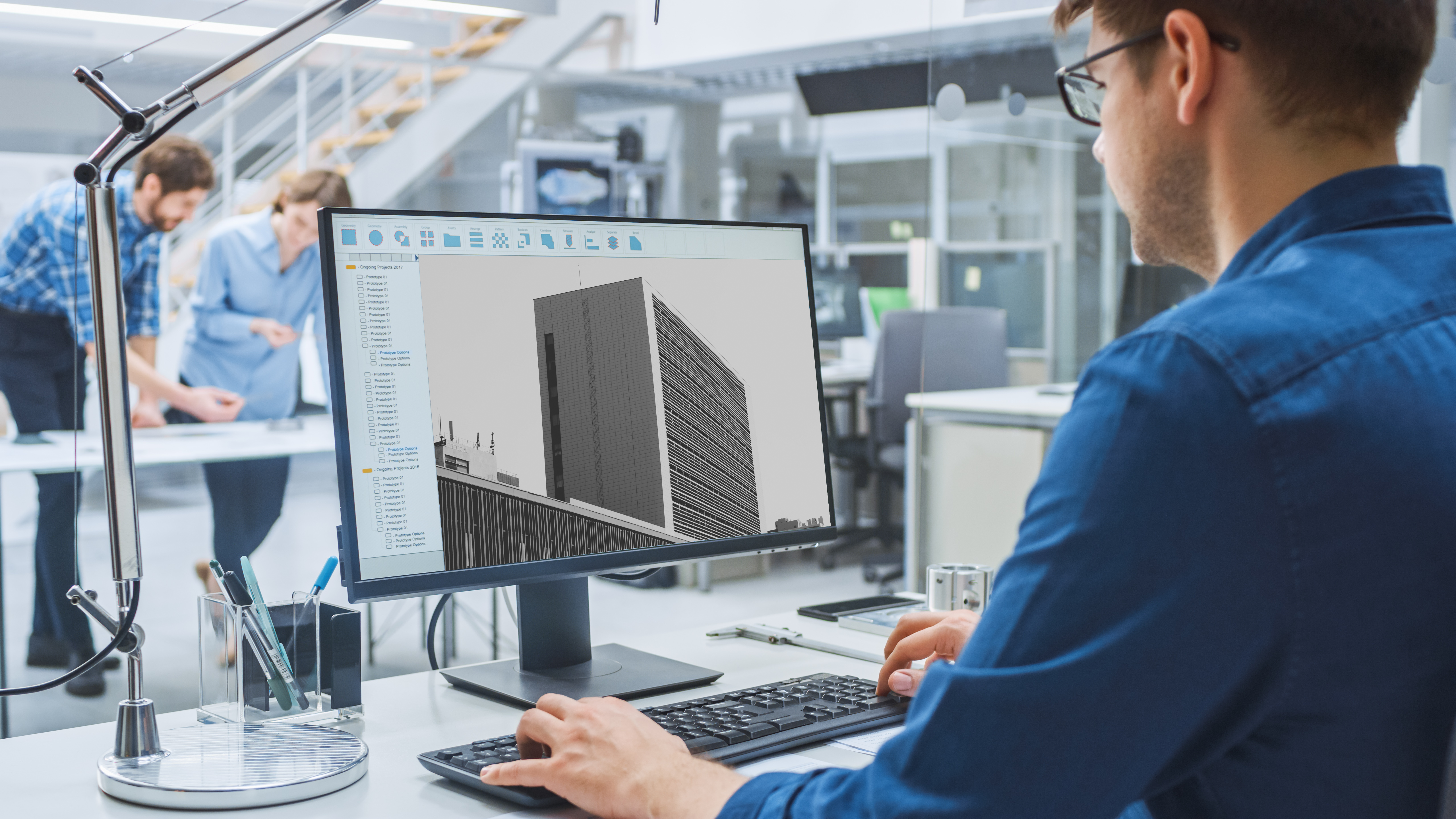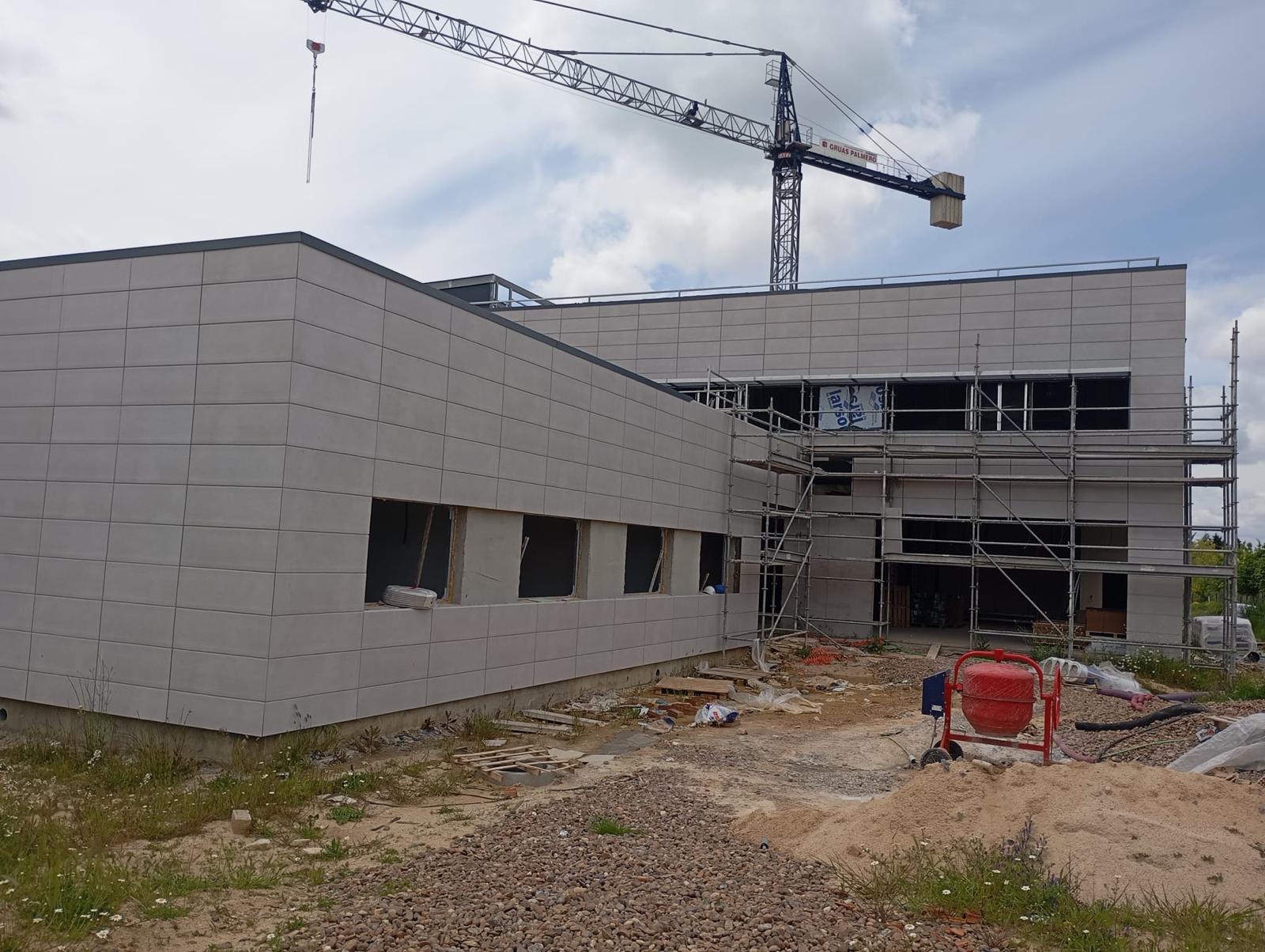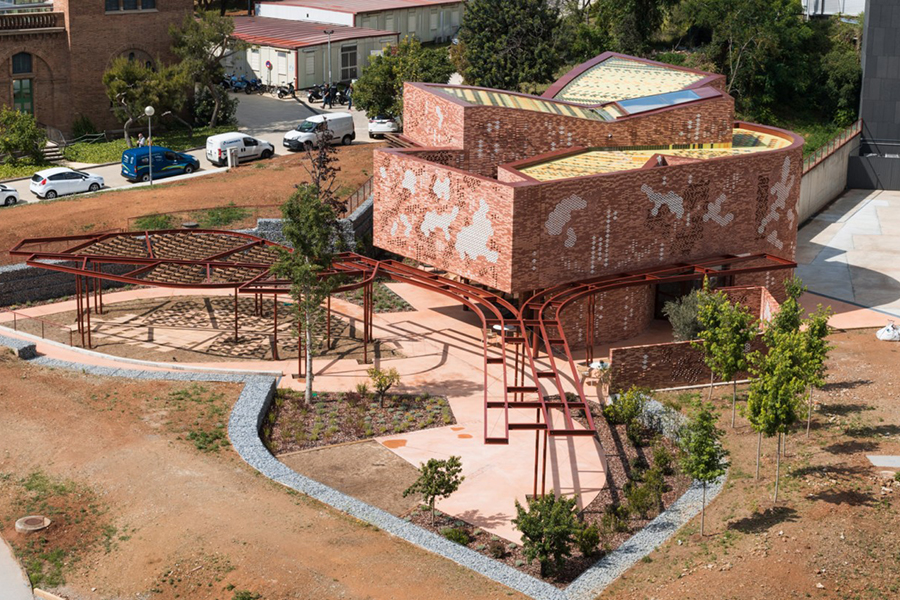
Biophilic Design with Ceramic Tiles: Buildings that Connect with Nature
Biophilic design is an innovative concept that involves incorporating nature both directly and indirectly into the buildings where we live, work, and learn. This movement is not only aesthetic but also aims to connect people with nature to improve the health and productivity of building occupants. There are various solutions that establish this connection with the environment, including materials like ceramics that integrate this vision into architectural projects. Discover ways to incorporate biophilic design into buildings and how ceramic ventilated façades offer a sustainable, durable, and fully connected natural environment.
What benefits does biophilic design have for people?
This new concept of sustainable architecture is gaining prominence due to the multiple benefits it provides to people who live, work, or study in its buildings.
- In workplaces, the presence of natural elements promotes greater efficiency and reduces stress among employees.
- In hospitals, patients enjoy a healthier environment that improves their mood and provides positive sensory stimulation, facilitating their recovery.
- In educational centers, the presence of natural light, plants, and views of nature can enhance students’ concentration, memory, and academic performance. Additionally, more attractive and healthier environments can reduce absenteeism among both students and teachers.
In residential communities, green spaces and natural common areas encourage interaction among neighbors, strengthening interpersonal relationships.
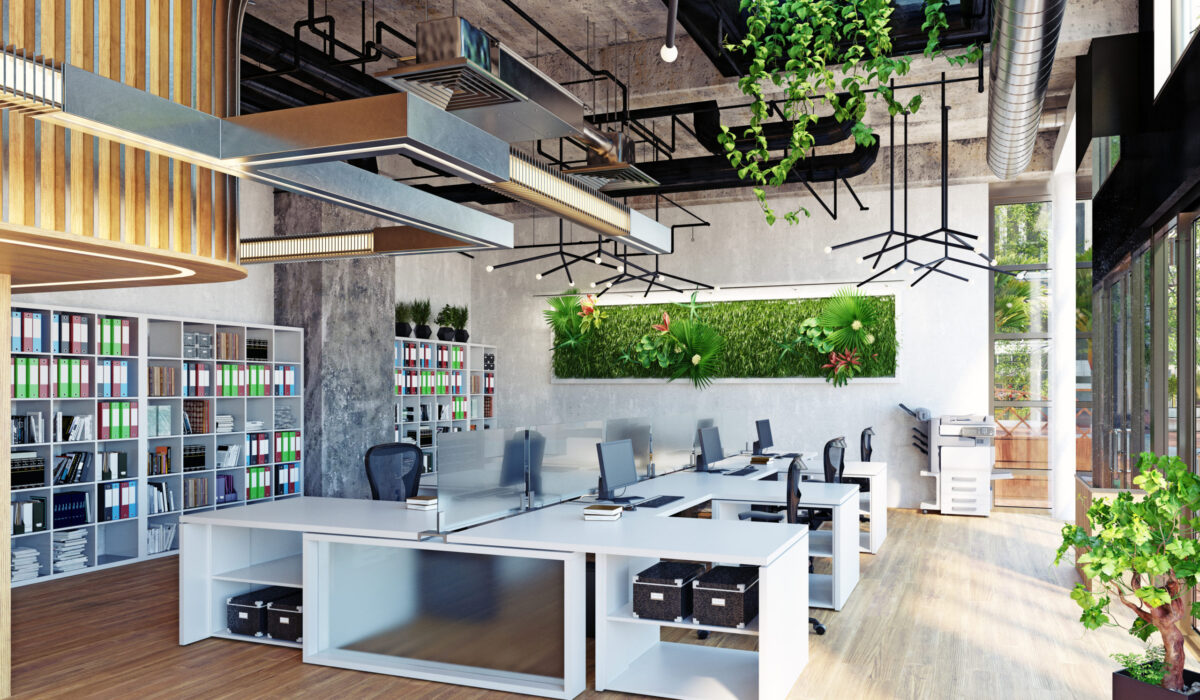
The Potential of Biophilic Design in Architecture
Through biophilic design, architects and designers aim to prioritize people’s well-being. Traditionally, connecting buildings to nature has been achieved through the inclusion of vegetation such as plants and gardens, and water features like fountains or aquariums, which help us feel free. Some architectural firms even go further by adapting flooring with carpets that mimic grass or ceilings with sound clouds that also serve as acoustic insulators. However, if we truly want to evoke nature and create spaces that make us feel relaxed and away from the hustle and bustle, ceramics are the perfect alternative to achieve this.
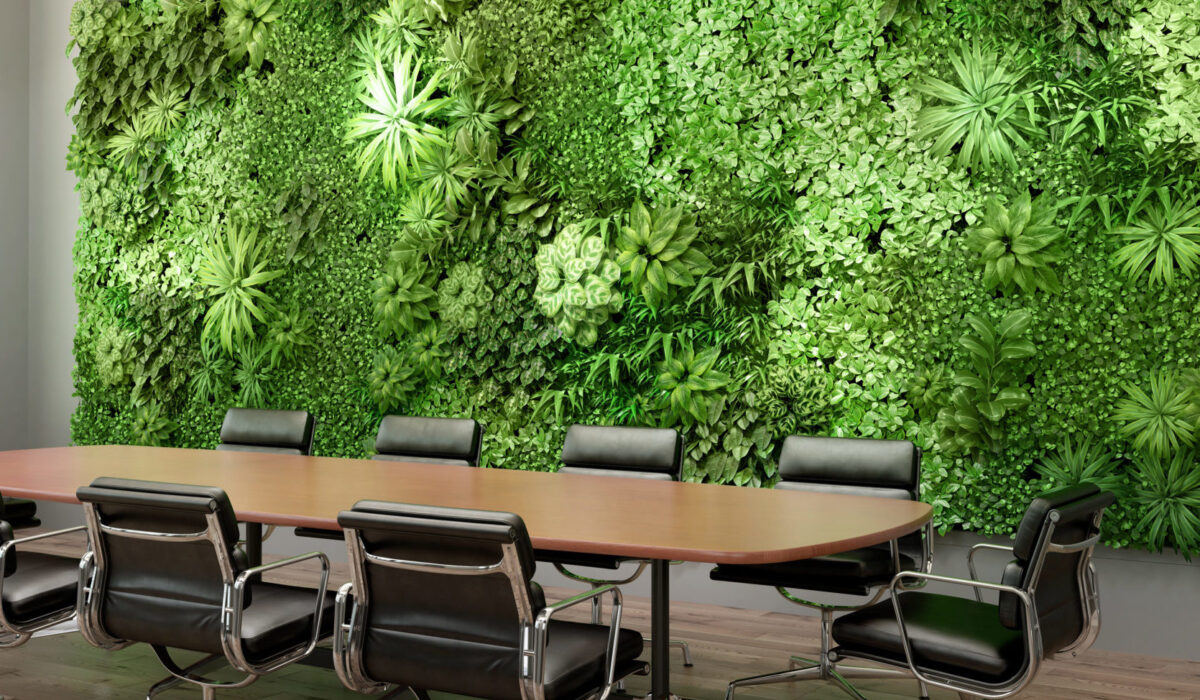
The Power of Ceramics in Biophilic Design for Floors and Walls
If there’s anything that can help us connect with nature, it’s having both the floor and walls make us feel part of a habitat. For this, there’s no better option than using porcelain ceramics and choosing designs that mimic elements of the biosphere, leveraging the possibilities offered by digital printing. Gres Aragón ceramics require no special treatment or maintenance and are compatible with special pieces such as steps, skirting boards, or pool edges.
Porcelain Flooring with Wood-Like Designs
Those who wish to experience the calming sensation of the Pyrenean forests will find the ideal option in the attractive ORDESA series from Gres Aragón. This porcelain flooring features spectacular designs that mimic natural woods in beige, gris, and marrón colors typical of trees like beech, oak, and walnut, while retaining the original qualities of ceramics.
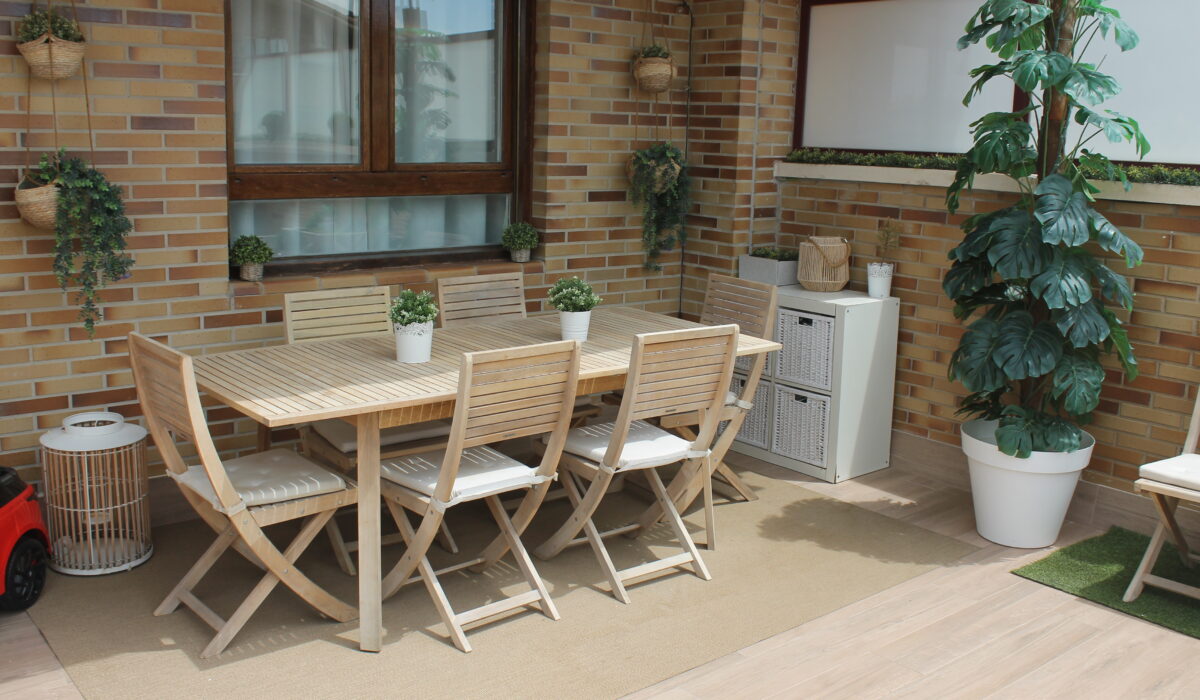
The Rodeno collection, also inspired by wood, evokes the tranquility of lush forests. The versatility of its finishes for both interior and exterior use, combined with the plank size it offers, makes this porcelain stoneware collection adaptable to almost all types of spaces, whether private or public.
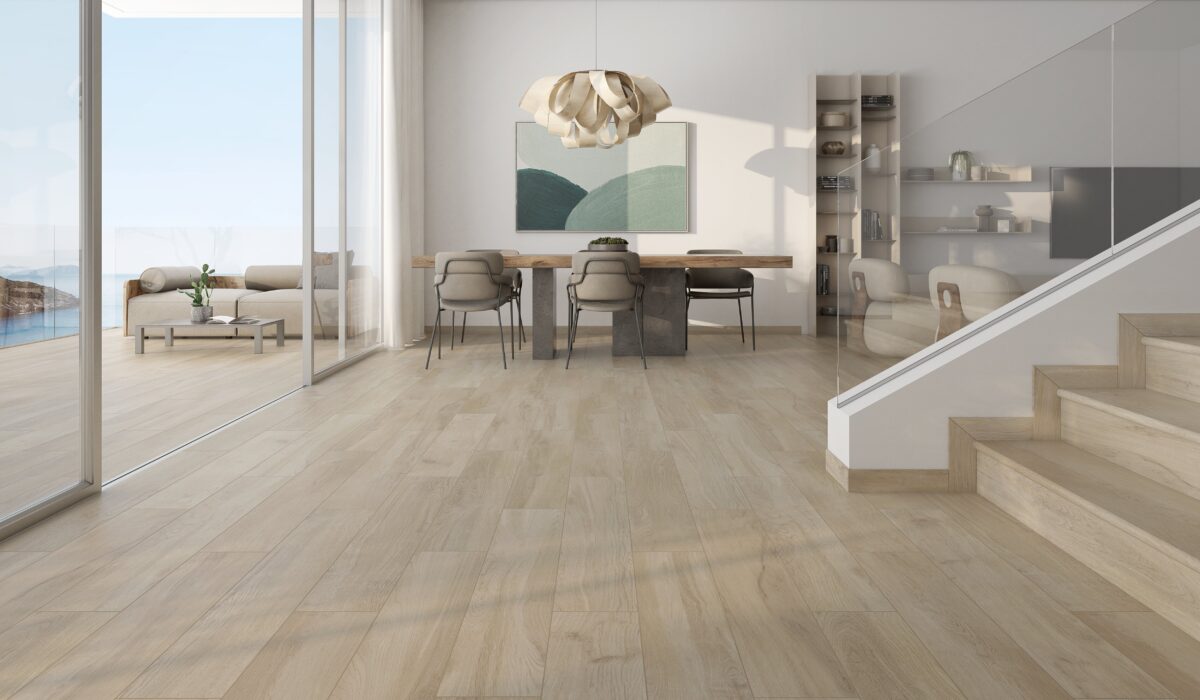
Water is another natural element that conveys the peace and calm sought in certain spaces. To address this aquatic desire, the OCEAN porcelain series replicates various shades of sea blue, ranging from turquoise, emerald, and cobalt blue to the translucencies of tourmalines. Design applications are endless: pools, spas, bathrooms, and kitchens are just a few examples.
Biophilic Architecture with Ventilated Ceramics Façades
The aesthetic potential of ceramics is also evident when it comes to stimulating a connection with nature from the exterior of buildings, especially through ventilated façade designs.
Ceramic cladding applied to ventilated façades offers numerous advantages to those who live or work inside. These benefits include thermal and acoustic insulation, energy efficiency, and sustainability. Additionally, the durability of the structure and the low maintenance required are significant advantages.
Biophilic design extends beyond the interior of homes and buildings to enhance the most external element, the façade. Ceramics, whether porcelain or klinker, expand the options available for both flooring and walls.
Ceramic Pieces for Façades that Evoke Nature
Bringing nature to the very exterior skin of any building, whether new or renovated, is possible with ceramic pieces for ventilated façades that feature wood or natural stone designs, made possible through the latest digital printing technology.


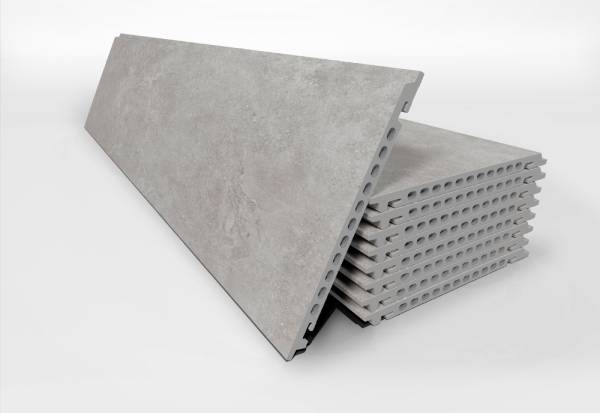
The colors of the panels for ventilated facades transport us to nature by imitating its textures and nuances. For example, the porcelain facade cladding panels with ceramic tongue-and-groove GA16 feature an eye-catching Nature finish, which includes patterns in their design that mimic wood, marble, and other stones.
These natural finishes also stand out in the rectified ceramic panels GA20, known for their precision and aesthetics, and in the durable panels for large building facades GA30. The Nature series finish imparts a natural touch to ceramic panels and incorporates biophilic design into the building’s exterior.
The colors of ventilated façade pieces transport us to nature by mimicking its textures and hues. For example, the porcelain façade cladding with ceramic tongue-and-groove GA16 features a notable Nature finish, including patterns that imitate wood, marble, and other stones.
These natural finishes are also prominent in the rectified ceramic slabs GA20, known for their precision and aesthetics, and in the durable pieces for large building façades GA30. The Nature series finish imparts a natural touch to ceramic pieces, adding biophilic design to the building’s exterior.
Biophilic Design in FAVEKER® Architecture Project.
At Faveker®, we offer a wide variety of ceramic pieces with finishes that convey the vitality of the natural environment. As we discussed earlier, applying this concept to healthcare facilities provides numerous benefits for patients. These benefits are already evident in the ventilated façade projects at the Hospital de Alcañiz (Teruel) and the Centro de Salud de Arnedo, La Rioja, where the façade colors blend seamlessly with the surroundings.

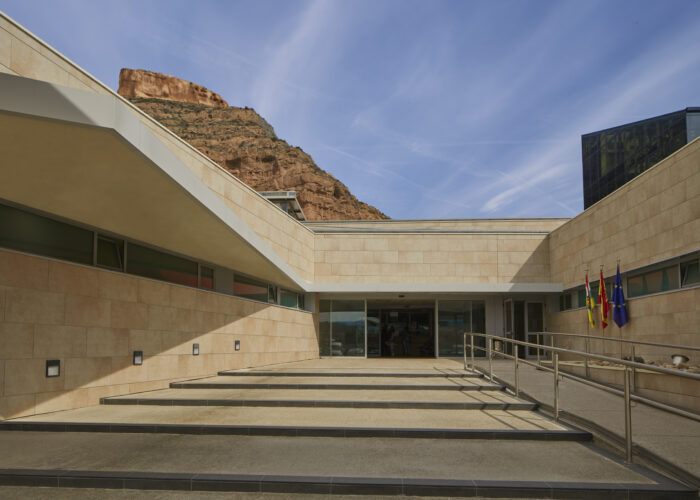
The façade of the Hospital Santa Creu i Sant Pau in Barcelona also combines plant elements with limestone motifs to enhance the well-being and quality of life for its visitors. The Kálida center, located within the hospital complex, has been designed as a garden pavilion aimed at fostering serenity. For this custom project, a porcelain ceramic roof was designed with personalized tiles that mimic the colors of traditional roofing tiles, creating a walkway. This unique building integrates biophilic design, transforming it into a human-centric space that makes visitors feel good.

FAVEKER® ceramic ventilated façades allow for the integration of a natural vision into buildings. Biophilic design is already transforming the aesthetics and performance of constructions, making them more durable, sustainable, and efficient through ceramic façade cladding that connects with nature. Visualize your project with the 3D viewer and consult your questions with the Technical Office.

